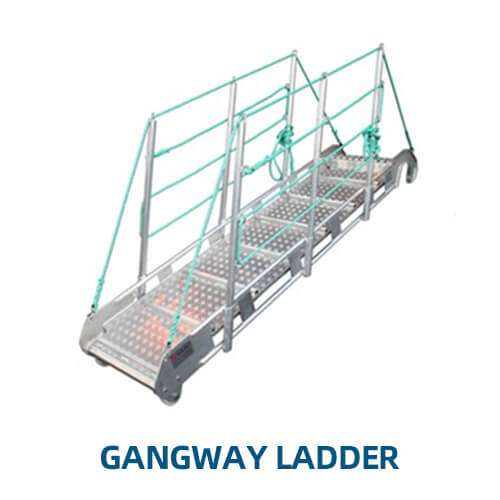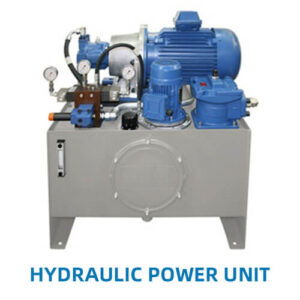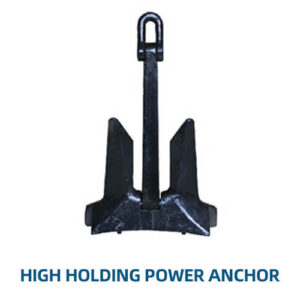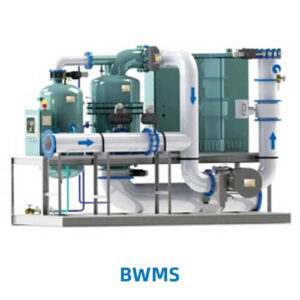Key Features of a Gangway Ladder:
- Construction and Materials:
- Durable Build: Gangway ladders are typically constructed from strong, corrosion-resistant materials such as marine-grade aluminum or steel. These materials ensure that the ladder can withstand constant exposure to saltwater, heavy loads, and varying weather conditions.
- Non-Slip Surface: The steps of the gangway ladder are designed with anti-slip surfaces, often made from grooved metal or rubberized materials, to prevent slipping even in wet conditions.
- Handrails: Sturdy handrails are fitted on both sides of the ladder to provide additional support and safety for users, helping to prevent falls.
- Design and Functionality:
- Adjustable Length: Gangway ladders are often adjustable in length to accommodate different heights between the ship’s deck and the dock or another vessel. This adjustability is essential for adapting to tidal changes and varying dock heights.
- Inclined Structure: The ladder is designed with an inclined structure, which makes it easier and safer to use compared to vertical ladders. The angle of inclination can usually be adjusted to suit the situation.
- Portable and Deployable: Many gangway ladders are designed to be portable, allowing them to be easily deployed when needed and stowed away when not in use. Some gangways are fixed in place but can still be adjusted or retracted.
- Safety Features:
- Safety Netting: Some gangway ladders are equipped with safety netting underneath or alongside the ladder. This netting provides an additional safety measure, catching anyone who might accidentally fall.
- Adjustable Feet: The feet of the gangway ladder may be adjustable to ensure a secure footing on uneven surfaces or to accommodate changes in the ship’s position.
- Lighting: For use at night or in low-visibility conditions, some gangway ladders are equipped with built-in lighting or reflective strips to enhance visibility and safety.
- Applications:
- Boarding and Disembarking: The primary use of a gangway ladder is to facilitate the safe and efficient boarding and disembarking of crew members, passengers, and cargo when the vessel is moored.
- Ship-to-Ship Transfer: In situations where two vessels are docked alongside each other, gangway ladders can be used to provide a safe passage between them.
- Cargo Handling: Gangway ladders are sometimes used to assist in the handling and transfer of cargo, especially in ports where cranes or other lifting devices are unavailable or impractical.
- Compliance and Standards:
- Regulatory Compliance: Gangway ladders must meet international maritime safety standards, such as those set by the International Maritime Organization (IMO) and the Safety of Life at Sea (SOLAS) convention. These regulations ensure that the ladder is safe for use in various maritime conditions.
- Regular Inspections: To ensure continued safety and functionality, gangway ladders should undergo regular inspections for signs of wear, corrosion, or mechanical failure. Any issues identified should be addressed promptly.
- Installation and Operation:
- Securing Mechanisms: Gangway ladders are equipped with secure attachment points to anchor them firmly to the vessel and the dock, preventing movement or slippage while in use.
- Easy Deployment: The ladder can be quickly deployed and adjusted, with mechanisms such as winches or cranes often used to assist in raising, lowering, or extending the gangway.
Advantages of a Gangway Ladder:
- Enhanced Safety: Provides a safe and secure method for boarding and disembarking, essential for preventing accidents and injuries.
- Durability: Constructed to withstand the challenging conditions of the marine environment, ensuring long-lasting performance.
- Versatility: Adjustable and portable, gangway ladders can be used in a variety of situations, making them a versatile tool for maritime operations.
Considerations When Using a Gangway Ladder:
- Proper Installation: Ensuring that the gangway ladder is correctly installed and secured is crucial to prevent accidents. This includes verifying that it is stable, appropriately inclined, and that all safety features are in place.
- Environmental Conditions: The ladder’s use may be influenced by environmental factors such as tides, wind, or sea conditions. In adverse conditions, additional precautions may be necessary to ensure safety.
- Regular Maintenance: To maintain the ladder’s safety and functionality, regular maintenance and inspections are essential. This includes checking for signs of wear, corrosion, and ensuring that all moving parts are lubricated and operational.
A Gangway Ladder is an indispensable piece of equipment on ships, providing a safe and reliable means of access between the vessel and the shore or other ships. Designed to meet the rigorous demands of the maritime environment, these ladders are constructed from durable materials, equipped with essential safety features, and are versatile enough to be used in various situations. Whether for routine boarding and disembarking or for specific ship-to-ship transfers, gangway ladders play a crucial role in ensuring the safety and efficiency of maritime operations.








